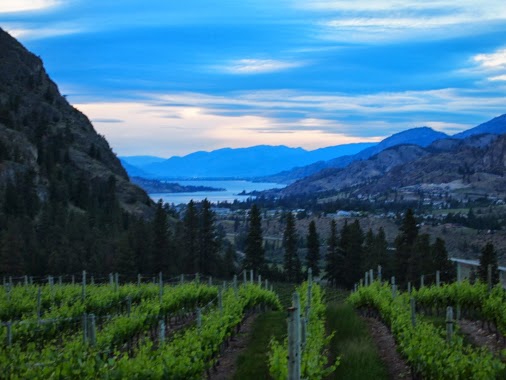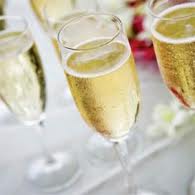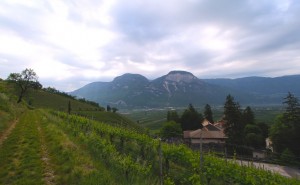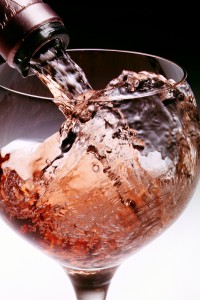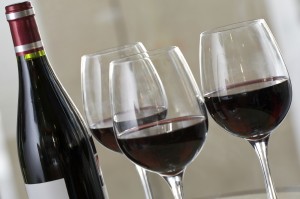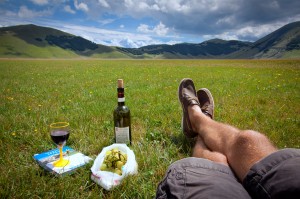 Every field of study has its own language, and wine is no exception. But what is the language of wine? It’s simile and metaphor, simply because we humans have such a limited sense of taste. Sweetness, bitterness, acidity, and saltiness are our main taste sensations. Most of the rest of what we taste is actually what we smell, and scent for Homo sapiens evokes a collective memory from past experiences. Consequently, when tasting wine we resort to expressions that sound something like the following: “This Pinot Noir smells and tastes like ripe strawberries and the Cabernet in my glass reminds me of blackberries and currants, chocolate and coffee.” Are these descriptors just a bunch of hogwash? Can Pinot Noir really taste and smell like strawberries? And could the Cabernet in my glass truly possess the scent or savor of all those organic compounds? Certainly, though the perception of their appearance in wine can be subjective, depending largely upon one’s collective experiences. Nonetheless, research studies have revealed that organic compounds share many common characteristics, which can be accentuated by fermentation. During the fermentation process phenol compounds in grapes undergo changes that release esters (the combination of acids and alcohols that carry scent and flavor in plants and fruits) similar to other organic compounds. So, the next time you drink a wine that you think smells or tastes like berries, vanilla, or some other organic compound, you are probably evoking your collective memory. Relax and enjoy the reminder from your collective memory!
Every field of study has its own language, and wine is no exception. But what is the language of wine? It’s simile and metaphor, simply because we humans have such a limited sense of taste. Sweetness, bitterness, acidity, and saltiness are our main taste sensations. Most of the rest of what we taste is actually what we smell, and scent for Homo sapiens evokes a collective memory from past experiences. Consequently, when tasting wine we resort to expressions that sound something like the following: “This Pinot Noir smells and tastes like ripe strawberries and the Cabernet in my glass reminds me of blackberries and currants, chocolate and coffee.” Are these descriptors just a bunch of hogwash? Can Pinot Noir really taste and smell like strawberries? And could the Cabernet in my glass truly possess the scent or savor of all those organic compounds? Certainly, though the perception of their appearance in wine can be subjective, depending largely upon one’s collective experiences. Nonetheless, research studies have revealed that organic compounds share many common characteristics, which can be accentuated by fermentation. During the fermentation process phenol compounds in grapes undergo changes that release esters (the combination of acids and alcohols that carry scent and flavor in plants and fruits) similar to other organic compounds. So, the next time you drink a wine that you think smells or tastes like berries, vanilla, or some other organic compound, you are probably evoking your collective memory. Relax and enjoy the reminder from your collective memory!
Salud!
Don

